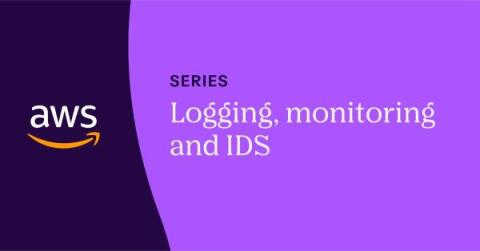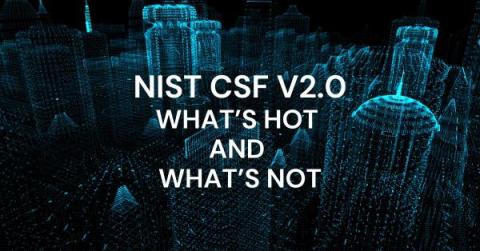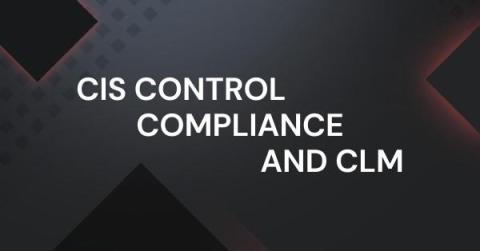What Is Log Management and Why you Need it
Thanks to the burgeoning supply chain, a host of IoT and work-from-home devices, and an expanding cloud presence, organizations are constantly ingesting new hardware into their IT environments. With each new line of code comes a fresh chance for a hidden vulnerability. With each unfound weakness, attackers gain one more opportunity to gain a foothold in the organization and compromise sensitive assets.









